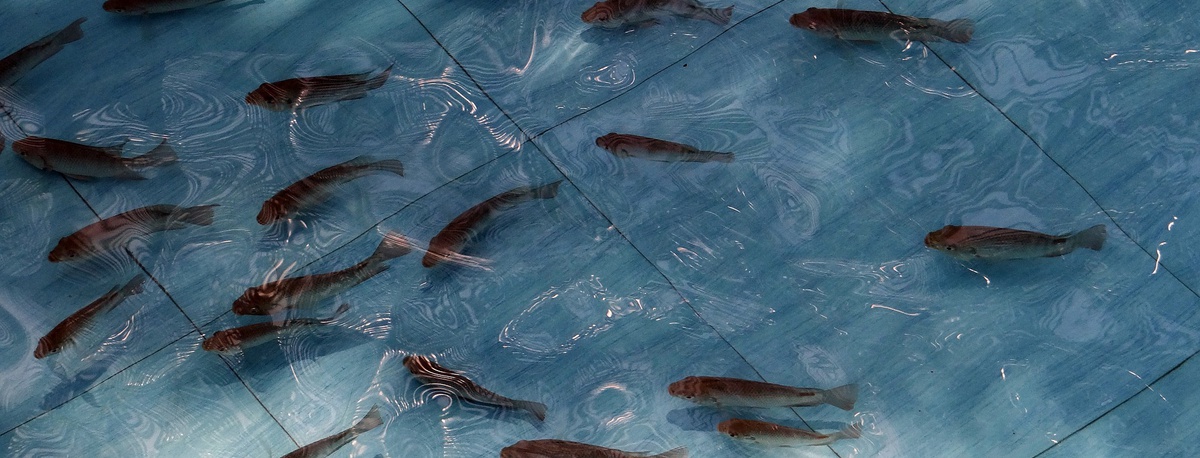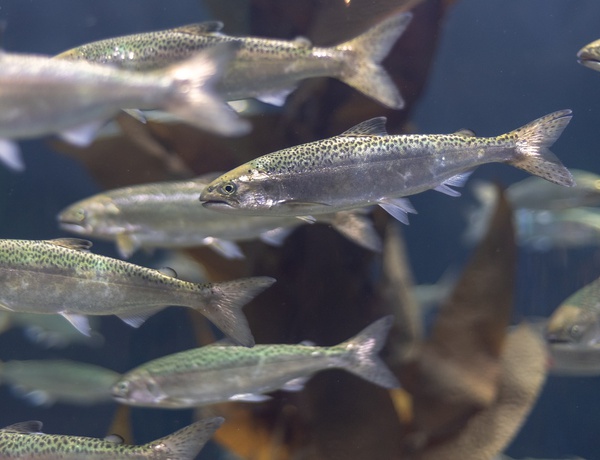
CEREBAL
This project establishes a reference center for the welfare of aquatic species in Latin America and the Caribbean. It is an initiative aimed at achieving a more sustainable future for aquatic species in terms of animal welfare, with the support of the Agencia Española de Cooperación Internacional y Desarrollo (AECID) and the Consejo Superior de Investigaciones Científicas (CSIC), along with the collaboration of various organizations.
Funding source: Spanish Government
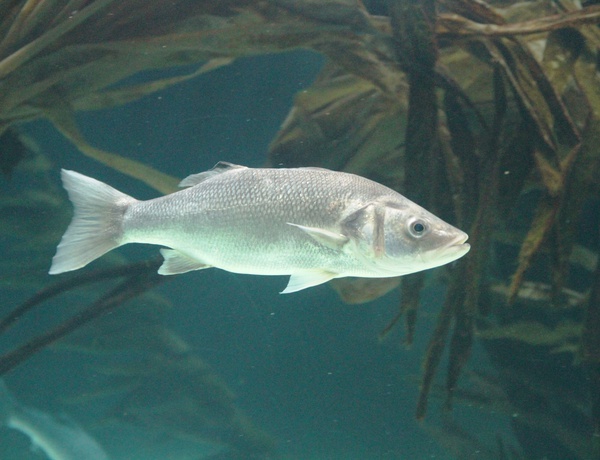
AQUAREACH
This project is focused on the validation of enrichment strategies for finfish AQUAculture to REACH stakeholders. The main goal of the project is to design, demonstrate and validate environmental enrichments for Gilthead seabream (Sparus aurata) and European seabass (Dicentrarchus labrax), throughout their life cycle and production stages and in the most common production methods.
Funding source: Open Philanthropy
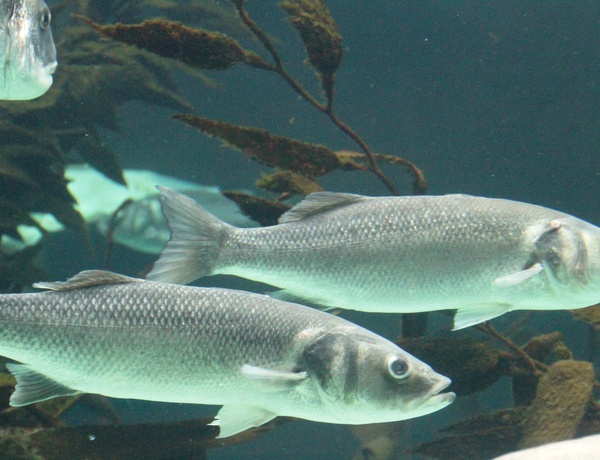
Measuring consciousness
The aim is to measure consciousness in sea bream (Sparus aurata) and sea bass (Dicentrarchus labrax) using electroencephalograms (EEGs) and behavioural indicators after anaesthesia and electrical stunning, to assess whether the behavioural indicators we use are as accurate as brain signals in reporting consciousness.
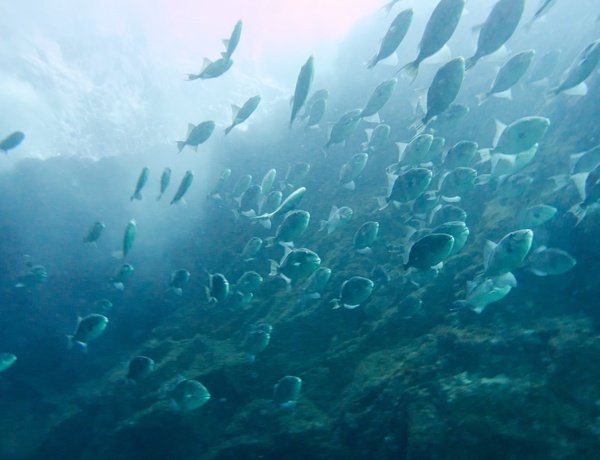
ManyFishes
Although the field of fish cognition has a reasonably long history, the past decade has seen a dramatic increase in the number of fish cognition studies. Yet, there exists important limitations to our assessment of fish cognition—including issues of reliability and validity—due to the use of small sample sizes, nonrepresentative samples, and unstandardized protocols. ManyFishes uses an approach based on collaboration across researchers and institutions in an attempt to increase both number and diversity of fish samples used in cognitive research. The primary goal is to have researchers develop appropriate procedures for wide application across species and settings.
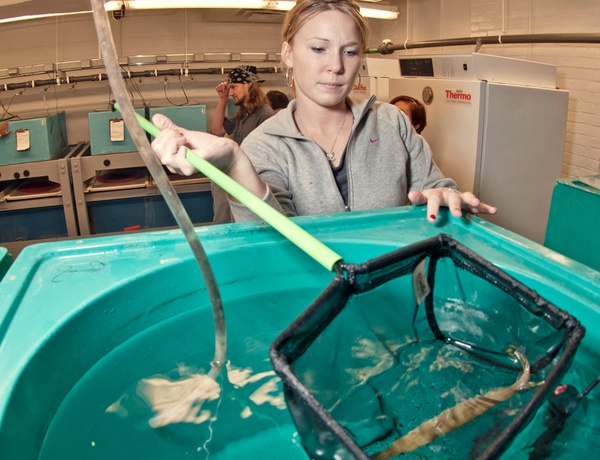
Fish Acclimation
Prior to behavioural and cognitive tests, individuals need to be habituated to the testing conditions (i.e. new tank) in which they will be observed. However very little information is usually reported on the habituation protocols that lead to such tests. In this inter-laboratory study, we examine how the length of trials influence fish behaviour, across a wide variety of species.
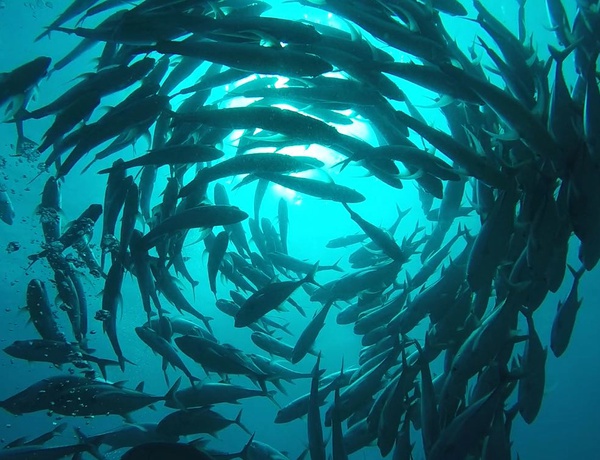
SPYFISH
The SPYFISH project aimed to assess the application of advanced acoustic telemetry techniques to monitor fine-scale movements and welfare of farmed seabreams (Sparus aurata) directly at commercial sea cages. We demonstrated the feasibility of this tool that may allow farmers to better understand the biological needs of their seabreams as well as the impact of farming procedures and, therefore, adjust them accordingly to improve the welfare of their farmed seabreams.
This project was carried out in collaboration with the Joint Associated Unit IMEDEA-LIMIA (Spain) and partially funded by Edith Maryon Association (Switzerland).
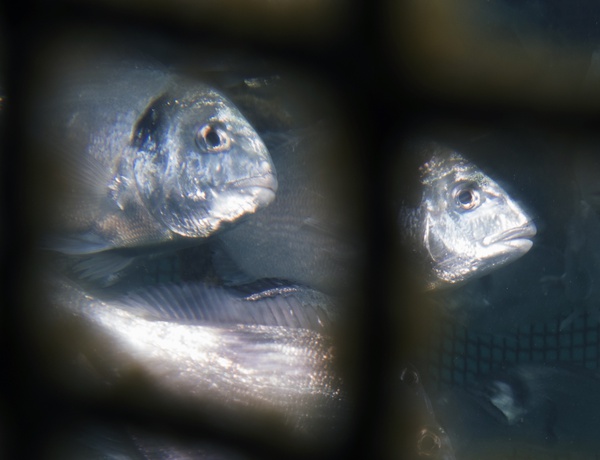
RichFISH
The RichFISH project consisted of a series of experiments to assess the benefits of adding structural enrichment in rearing environments of juvenile seabreams (Sparus aurata). Environmental enrichment is considered a potential tool to improve welfare conditions in farmed fishes, and through this project, we demonstrated that simple structures positively influence fish behaviour and neurophysiology, promoting positive welfare in captive seabreams.
This project was developed in collaboration with the Joint Associated Unit IMEDEA-LIMIA and University of Balearic Islands (UIB) and supported by Spanish (JdC-I) and Portuguese (FCT) national funds.
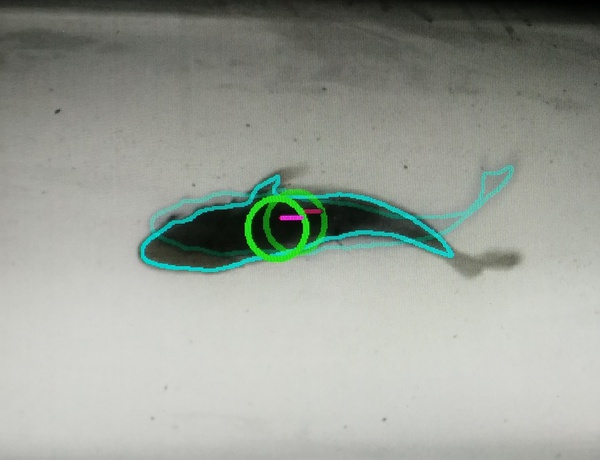
ACTIVEBREAM
This project aimed to validate accelerometer transmitters in swim tunnels on gilthead seabream (Sparus aurata) in order to better understand the swimming activity of this species and its relationship with fish motion and active metabolic rate. This project improved the existing knowledge about the use of accelerometers as potential tools to monitor fish welfare in aquaculture.
This project was developed in close collaboration with Wageningen University and Research (WUR, The Netherlands) and was funded by AquaExcel2020 and the European Tracking Network Cost Action – STSM (AccelBream).
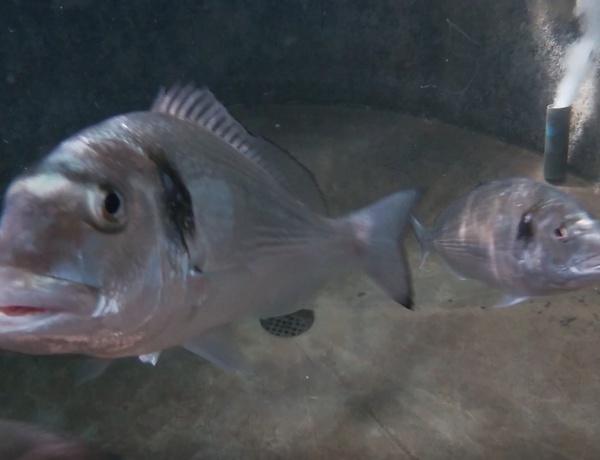
Environmental enrichment on seabream (RichFISH 2.0)
This doctorate programme aims to assess and improve the welfare status of Gilthead seabream (Sparus aurata) reared under intensive conditions at the different phases of the whole aquaculture process (broodstocks, hatchery and nursery, and on-growing phases) through a multidisciplinary approach.
Diverse innovative methodologies will be developed and validated to improve, evaluate, and monitor the welfare status of seabream at different life-stages and farming conditions. These include environmental enrichments, operational welfare indicators and technological tools - cameras and biosensors - as precision fish farming methods.
This project received funding from Farm Animal Funders (FAF, USA) and is supported by Aquatic Life Institute (ALI, USA).

CHILLTROUT
The aim of this project was to evaluate the effectiveness and welfare effects of three types of stunning methods compared to a positive control (anaesthesia) in rainbow trout (Oncorhynchus mykiss) in a multi-level approach to address fish welfare and product quality combining proteomics, stress biomarkers and behaviour. The stunning methods investigated were:
- Thermal shock (novel method)
- Asphyxia (current method)
- Electrical stunning (abandoned method)
This research project was carried out at Fondazione Edmund Mach, S. Michele all'Adige, Trentino, Italy and was funded by Farm Animal Funders.

WELLSTUN
The aim of this doctorate project is to assess the welfare effects of stunning and slaughtering methods on seabass (Dicentrachus labrax) and rainbow trout (Oncorhynchus mykiss). Several experiments are being developed during the pre-slaughtering and slaughtering phases at lab and commercial scale.
This project is funded by the Spanish Government and is developed in El Instituto Mediterráneo de Estudios Avanzados (IMEDEA), Spain, counting with collaborations with other Spanish institutions.
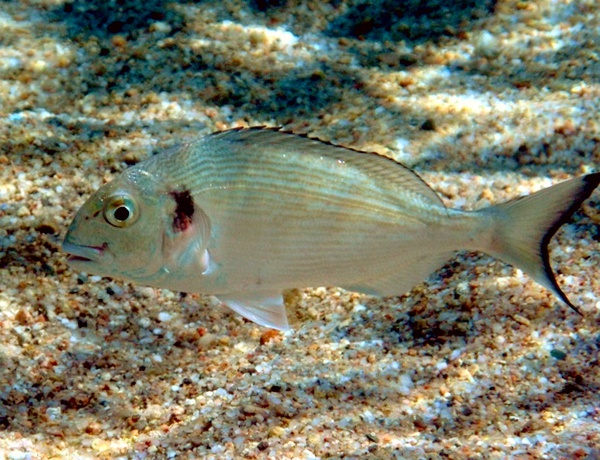
Stunning and slaughtering effects on welfare of Gilthead seabream
The most practiced slaughtering method for gilthead seabream (Sparus aurata) is still asphyxiation in ice, which is considered an inhumane form of slaughter. The aim of this project is to study the welfare of gilthead seabream when they are slaughter using different stunning and killing methods. We are using heart-rate biologgers, behavioural parameters, and physiologycal samples to assess the suitability of the different methods.
Results will shed light on the effects of current methods, and on the potential of more humane alternatives.
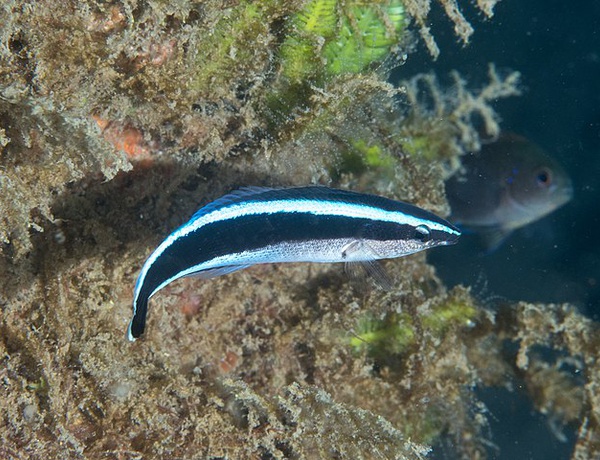
The colour of cooperation: client and cleaner preference for vivid colours
This project consists in a series of experiments to assess whether client fish (Chaetodon auriga) can distinguish and express preferences for the colour of cleaner fish (Labroides dimidiatus), since some colour characteristics are a signal of individual quality and better cleaning service.
The behaviour of clients could also be affected by the presence of cleaners, and the differences in coloration could be an indicator of individual quality in both species. Thus, another objective of this study is to investigate the relationship between colour and physiological parameters in clients, as well as their behavioural responses in the presence of the cleaners.
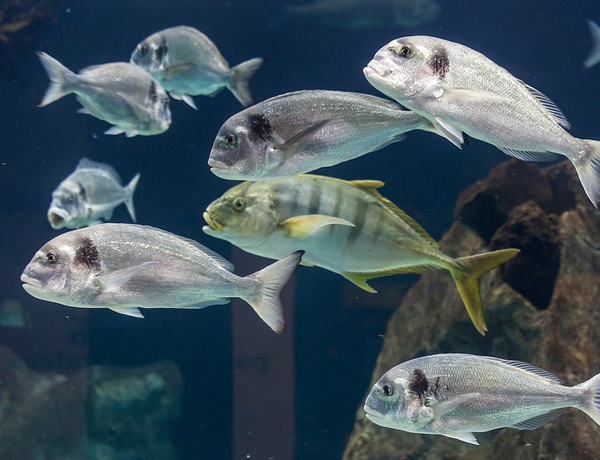
Inflamafish
The inflamafish project aims to evaluate behaviour, welfare and stress indicators in gilthead seabream (Sparus aurata) after inducing an experimental inflammation. Susceptibility to pathogens, pain as well as the use of natural anti-inflammatory treatments or environmental enrichment are investigated in this project. We aim to demonstrate the implication of the immune system in the inflammatory process of this fish species through histology, gene expression and non-invasive techniques such as ultrasonography and computed tomography, which we use as a background.
This project is funded by the Spanish grant 'Margarita salas' and is developed in collaboration with the University of Murcia, Spain
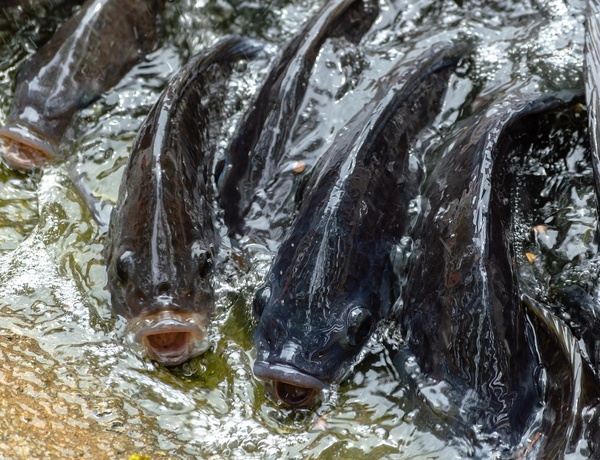
Welfare assessment of farmed species based on fair-fish database
This postdoctoral project aims to make a general assessment of the welfare of aquatic farmed species based on their profiles already published on the fair-fish database (formerly FishEthoBase), a fair-fish platform assembling ethological knowledge systematically into profiles of such species. The idea is to characterize the state of the art of farmed species on:
- their likelihood of experiencing welfare on basic farming conditions
- their potential of experiencing welfare on improved farming conditions
- the certainty of such likelihood and potential
An evaluation of the criteria used in the profiles to determine which of them are critical in this scenario is another objective of this study. It also foresees the welfare assessment specifically for Nile tilapia in Brazilian production farms based on references of this platform. This project results from a collaboration with Centro de Aquicultura da Unesp (Caunesp) in Brazil.
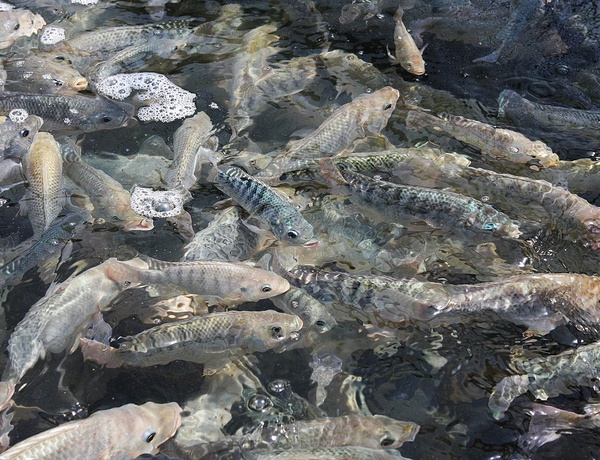
Environmental preference according to behavioural traits
In aquaculture, a good way to cover behavioural needs of fishes is through environmental enrichment techniques. However, individuals can express different behavioural profiles, which could be reflected in diverse preference responses for environmental enrichments. Thus, the aim of this study was to investigate the relation between behavioural traits, with fishes ranging from proactive to reactive, and their consistent preference responses for different types of environmental enrichments. We used Nile tilapia (Oreochromis niloticus) as our experimental model.
Results should shed light on the individual preference response variability in fishes and will help to understand how to better select environmental enrichments for aquaculture species.
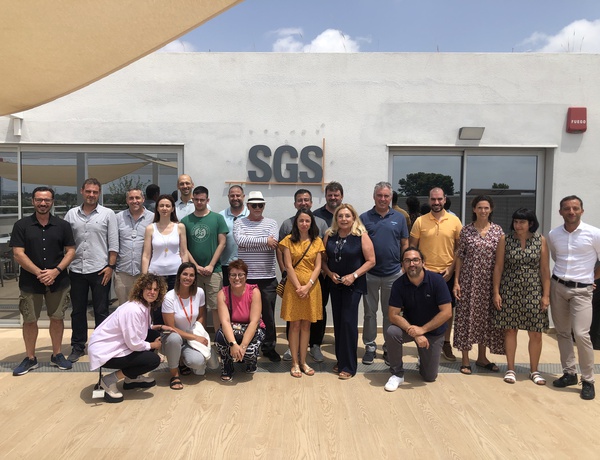
AQUATECHinn 4.0
AquatechInn 4.0 is an ERASMUS+ project that aims to develop a virtual reality based training programme for aquaculture professionals, like farm technicians. The consortium responsible for this project is lead by SGS tecnos and joins 14 major stakeholders from the european aquaculture industry. These stakeholders range from scientific research, to producers associations and even technological partners.
The project is funded by European Union and has a duration of 36 months that will culminate on a final conference and high tech training programme. More about this project here.
Photo credits: SGS tecnos
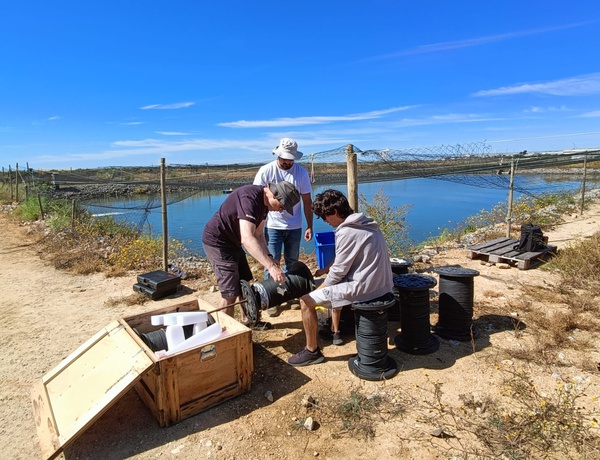
SmartFishPonds
The main objective is to study the behavior and swimming activity of seabream (Sparus aurata) and sea bass (Dicentrarchus labrax) that are raised in ponds in semi-intensive conditions, using advanced acoustic telemetry techniques. The specific objectives are:
- Demonstrate the feasibility of fish monitoring techniques in semi-intensive breeding conditions
- Study the daily variations in fish behavior and their responses to environmental conditions.
- Evaluate fish welfare by studying operational indicators of behavior and its response to stress.
- Evaluate the applicability of acoustic telemetry as a tool that allows intelligent management aquaculture and promote a more sustainable and responsible activity.
- Evaluate the behavioural responses to environmental enrichment in semi-intensive earthen ponds using telemetry tools.
The project is funded by the Spanish government and Open Philanthropy, and counts with the partnership of IMEDEA, CCMAR , IPMA, and Ergomarine.

Carefish/catch
Based on the experience of past projects on fish welfare in aquaculture, we are now carrying out a project in fisheries to:
- Assess global animal welfare impacts in fisheries
- Identify the potential of reducing animal suffering in various fishing methods and species
- Analyse the economic feasibility of the improvements suggested
- Raise problem and solution awareness in general and specific audience
- Implement guidelines into the Friend of the Sea certification scheme
The international consortium is formed by fair-fish international, FishEthoGroup, Friend of the Sea, Centre of Marine Sciences (CCMAR) and DeMoS Institute. This project is an absolutely pioneering approach in a complex field marked by dozens of fishing methods and hundreds of species concerned. More about this projecy here.
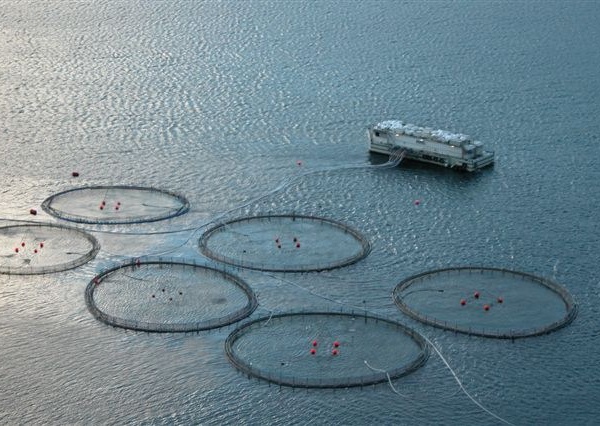
fair-fish database
The fair-fish database (formerly FishEthoBase) is the first database to assemble ethological knowledge on fishes and other aquatic species that are kept in farms or wild caught worldwide. The fair-fish database is not only the project with which the collaboration between fair-fish International and the FishEthoGroup started, it is also a pioneering idea.
Only by knowing natural needs and conditions as well as behaviour in the wild, under farming conditions, and during catching may we give informed recommendations on how to improve welfare and avoid practices that harm fishes. Providing information with open access and systematically categorised in species profiles, the fair-fish database targets scientists and practitioners, NGOs, the general public, and other stakeholders. Discover which species the fair-fish database already covers
Discover which species the fair-fish database already covers.
